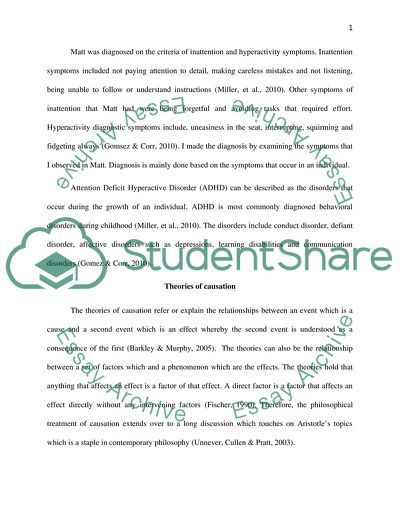Cite this document
(“Attention-Deficit/Hyperactivity Disorder Symptoms in Case of Matt in Essay - 14”, n.d.)
Attention-Deficit/Hyperactivity Disorder Symptoms in Case of Matt in Essay - 14. Retrieved from https://studentshare.org/psychology/1470441-case-study
Attention-Deficit/Hyperactivity Disorder Symptoms in Case of Matt in Essay - 14. Retrieved from https://studentshare.org/psychology/1470441-case-study
(Attention-Deficit/Hyperactivity Disorder Symptoms in Case of Matt in Essay - 14)
Attention-Deficit/Hyperactivity Disorder Symptoms in Case of Matt in Essay - 14. https://studentshare.org/psychology/1470441-case-study.
Attention-Deficit/Hyperactivity Disorder Symptoms in Case of Matt in Essay - 14. https://studentshare.org/psychology/1470441-case-study.
“Attention-Deficit/Hyperactivity Disorder Symptoms in Case of Matt in Essay - 14”, n.d. https://studentshare.org/psychology/1470441-case-study.


